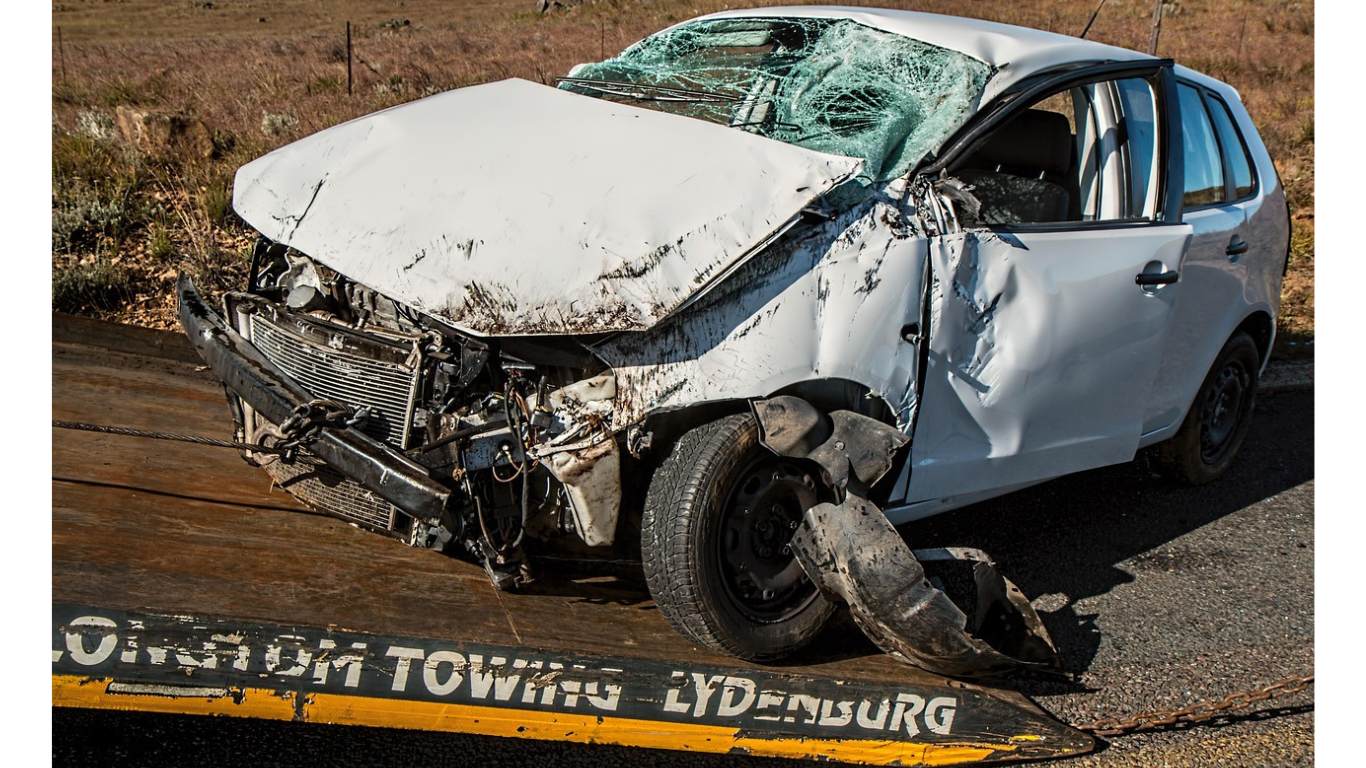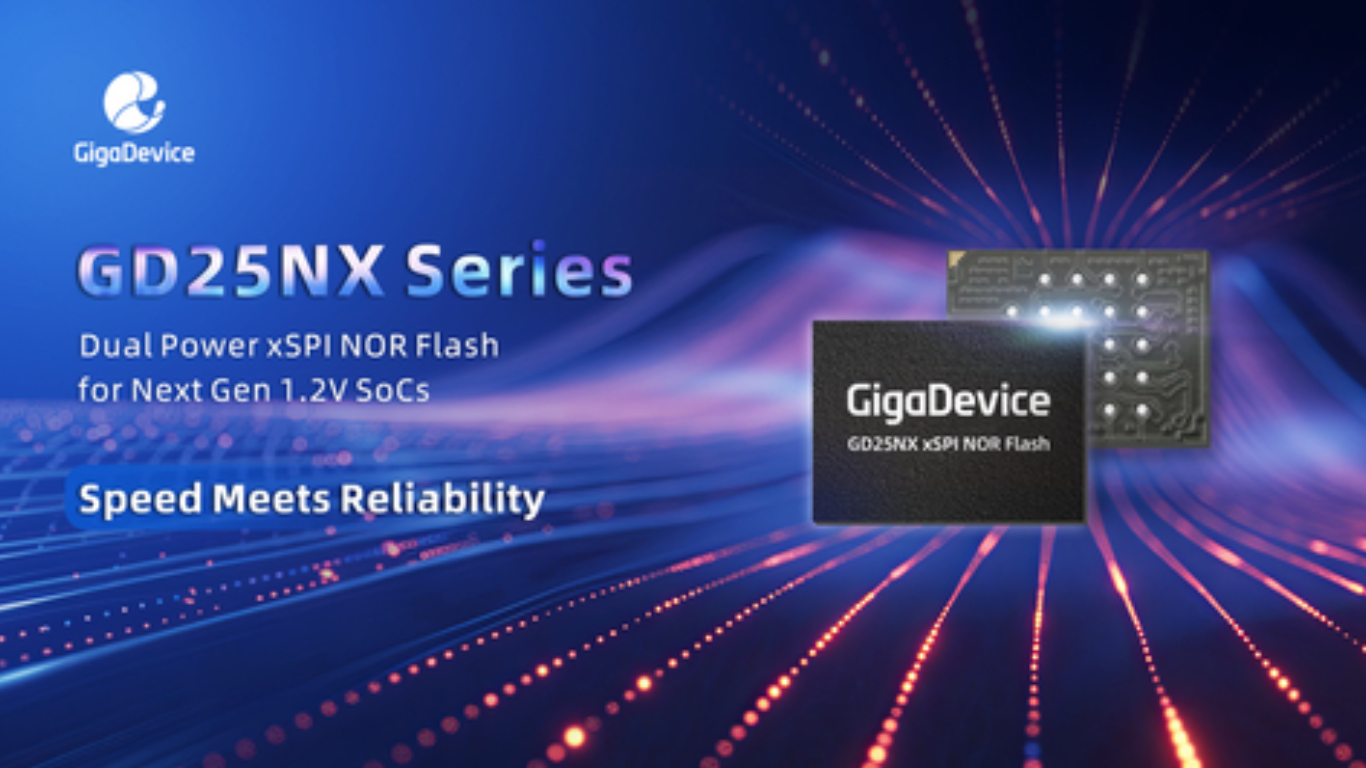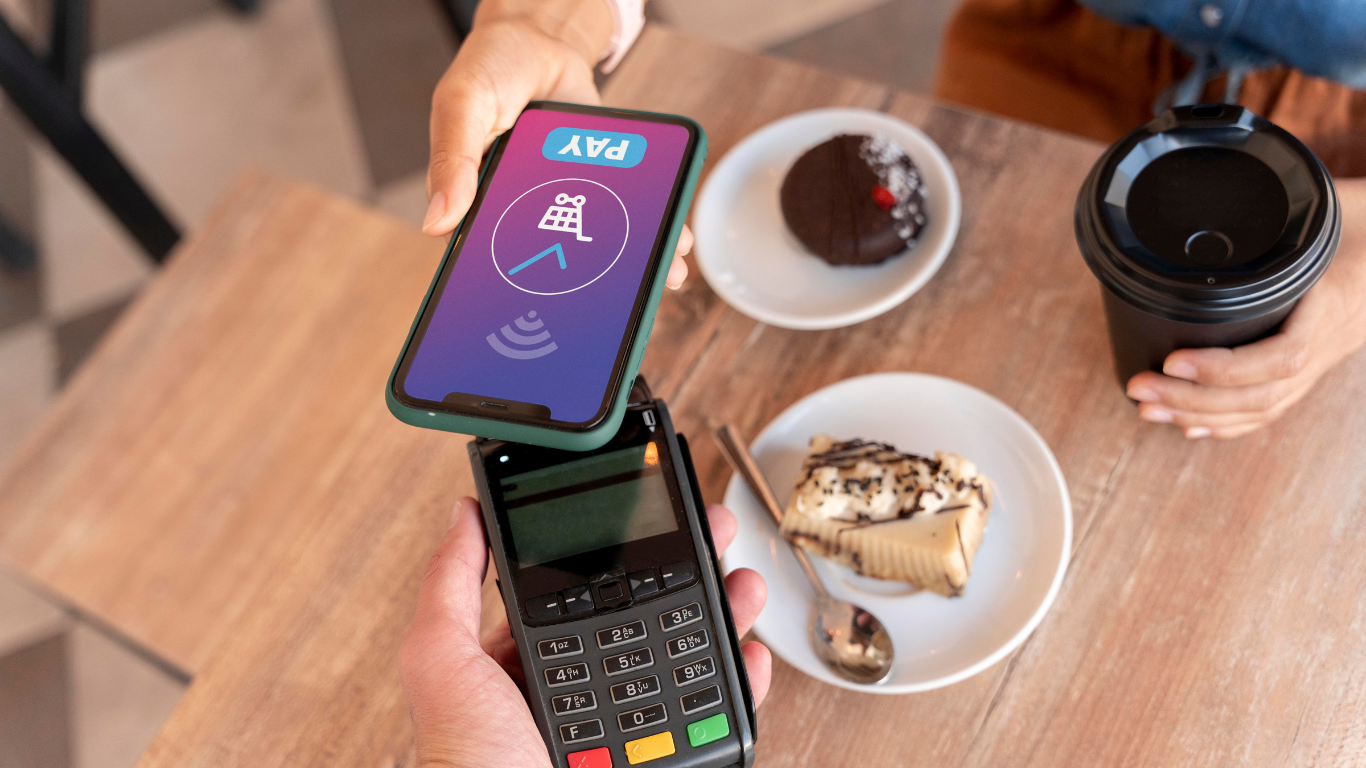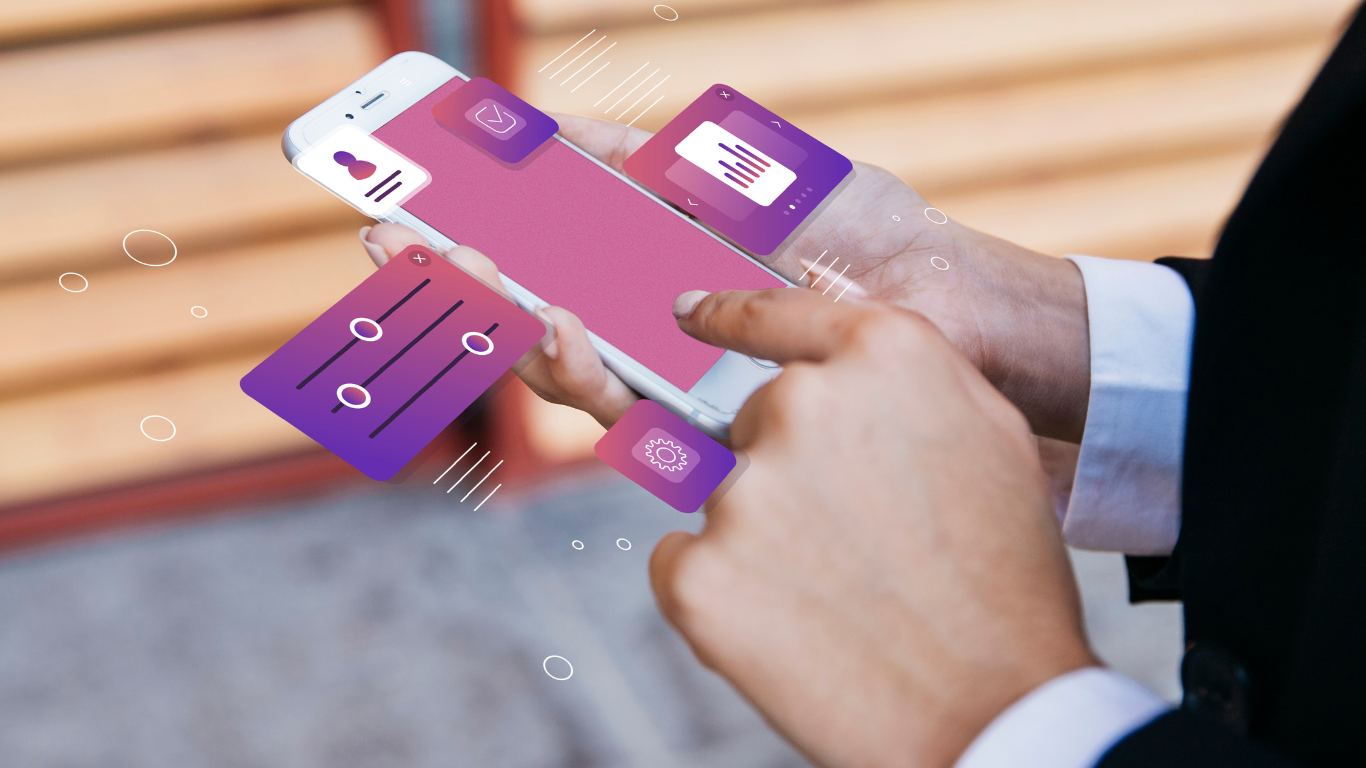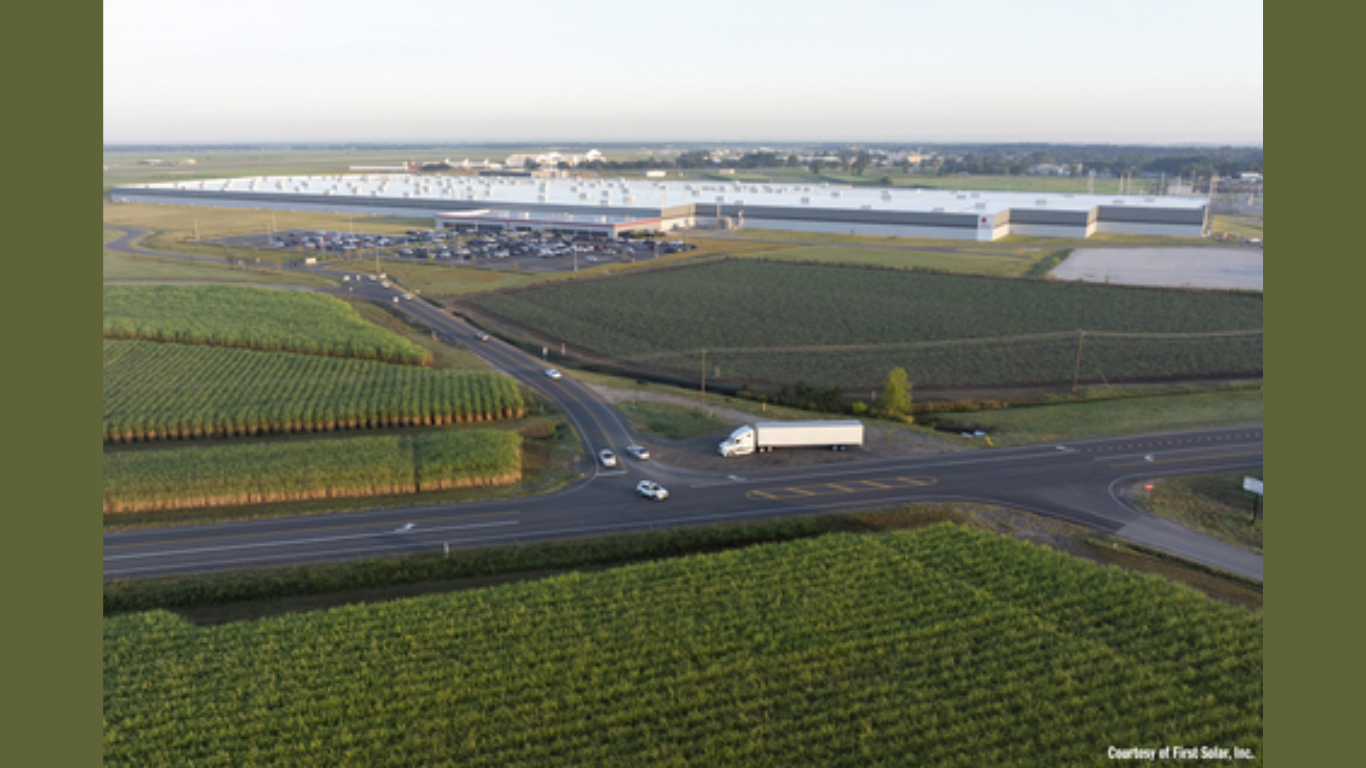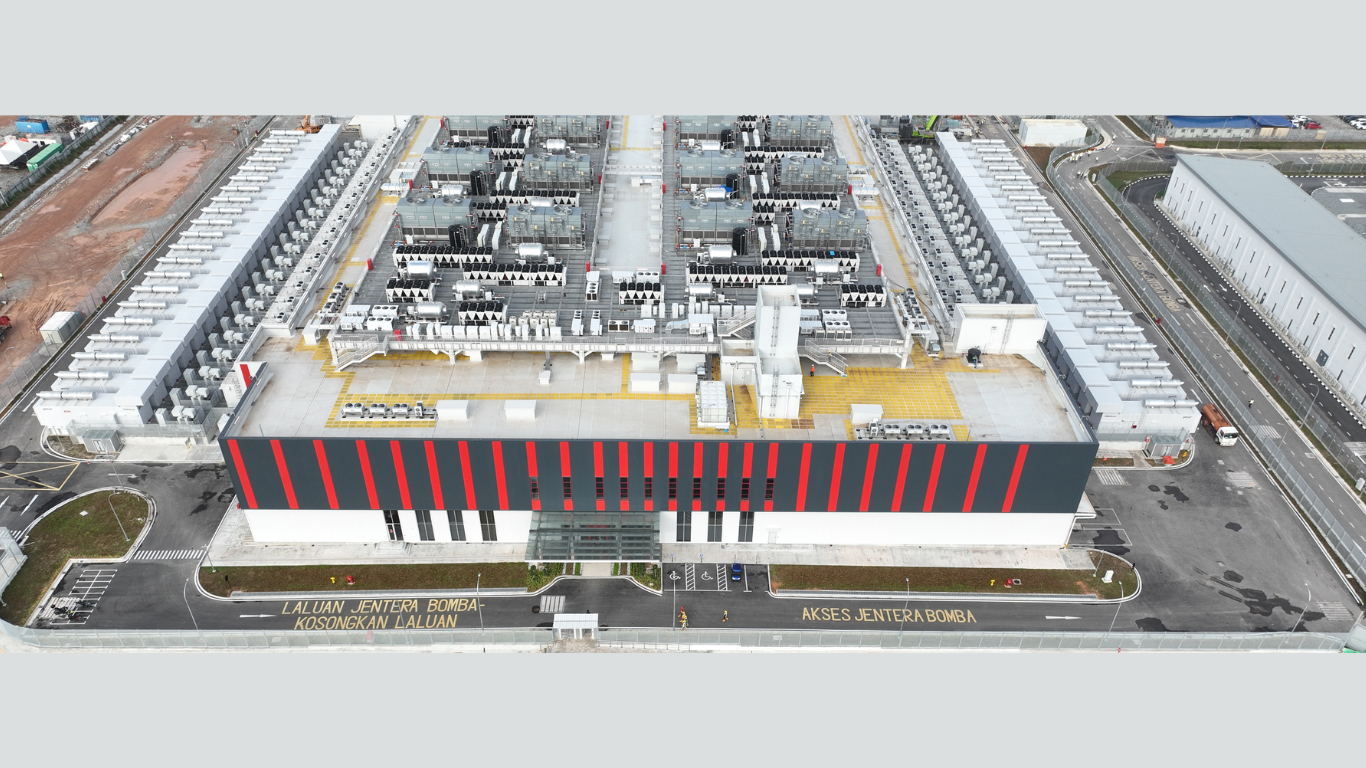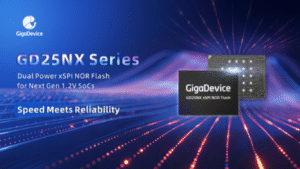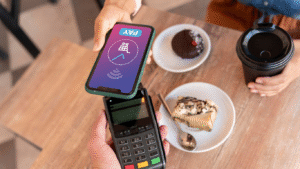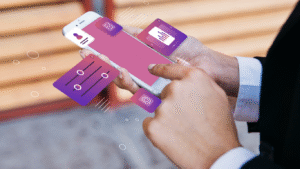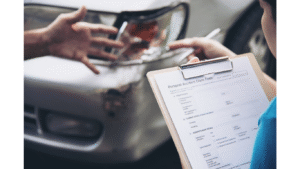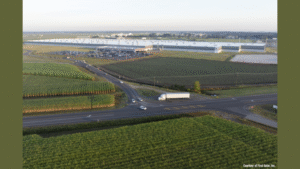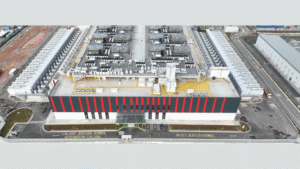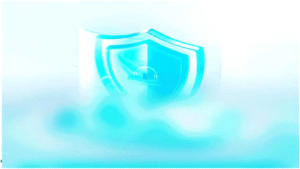There are various methods that law firms use to present vehicle collision evidence effectively in court. This vital aspect of legal representation can significantly impact case outcomes, particularly when dealing with disputes regarding fault and liability.
Understanding the various approaches can equip attorneys with the necessary tools to convey their arguments clearly and persuasively. With advancements in technology, the way evidence is gathered, analyzed, and presented has evolved. Firms that adapt to these changes tend to provide more compelling cases, maximizing their clients’ chances of success.
Importance of Accurate Evidence Gathering
Accurately gathering evidence from a vehicle collision scene is key to establishing facts and supporting arguments. Early documentation of the scene through photographs and video can preserve details that might be missed later. This documentation often includes images of vehicle positions, road conditions, and any visible damage. Gathering witness statements promptly can provide valuable testimonies that may strengthen a case. Law firms often rely on specialized personnel, such as accident reconstructionists, to analyze the evidence collected.
These experts reconstruct the accident using various data points, including vehicle speeds, angles of impact, and the physical evidence available at the scene. Good crash reconstruction imagery becomes important here, as it can visually represent complex scenarios and timelines effectively. Presenting these reconstructions to juries or judges allows for a better understanding of the sequence of events, which can significantly influence case outcomes. Maintaining a proper chain of custody for all evidence ensures its credibility and admissibility in court.
Properly gathered information assists insurance adjusters in making fair evaluations, reducing disputes and delays in compensation. Even small details, like skid marks or weather conditions, can become pivotal in establishing liability.
Utilizing Technology in Evidence Presentation
The incorporation of technology into legal presentations has transformed traditional approaches significantly. Visual aids, including diagrams, animations, and 3D modeling, can help convey the intricacies of vehicle collision evidence. These modern tools allow attorneys to illustrate their arguments dynamically, which can be far more engaging than verbal explanations alone.
Technology-driven software enables teams to create detailed simulations that accurately depict the collision events. These simulations can visually show how different factors, such as speed, braking distance, and road conditions, contributed to the incident. Jurors often find animated recreations easier to follow and understand, thereby enhancing their engagement with the case. Utilizing such advanced presentations can lead to clearer attorney-client communication while ensuring juries remain focused on the core issues.
The Role of Deposition and Testimonial Evidence
Depositions and testimonial evidence hold significant weight in vehicle collision cases. Attorneys can collect statements from all involved parties, including drivers, passengers, and bystanders, providing a comprehensive view of the incident. These testimonies often contribute to assembling a narrative that supports the firm’s case strategy.
Cross-examination during depositions can reveal inconsistencies in stories, potentially highlighting credibility issues. This strategy is pivotal as it can undermine opposing testimonies, making it harder for the opposing party to establish a solid case. Attorneys may choose to have expert witnesses testify about technical aspects, such as vehicle safety standards and accident reconstruction findings, to validate their claims.
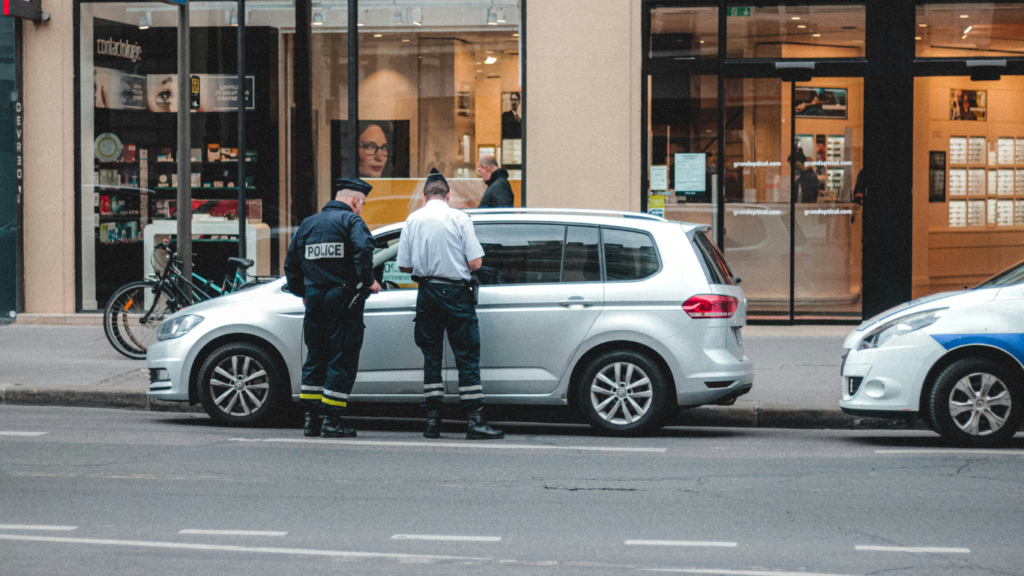
Visual Aids and Their Effectiveness
In many instances, the most impactful evidence in vehicle collision cases consists of visual aids. Photographs, diagrams, and charts can simplify complex information, allowing juries to grasp concepts more quickly.
Creating comprehensive exhibits reduces the chances of jurors feeling overwhelmed by the evidence presented. The strategic design of these visual aids ensures that they adhere to the relevant legal standards while presenting an engaging, informative narrative. Integrating visuals into arguments effectively ensures that jurors retain information and can recall critical aspects when deliberations commence.
Ethics and Professionalism in Evidence Presentation
Upholding ethical standards during evidence presentation is paramount for law firms. Attorneys must remain transparent regarding the evidence they present, ensuring that no misleading or manipulated data is utilized. Ethical representation builds trust with clients and the court system alike, reinforcing the integrity of the justice process.
Maintaining professionalism in how evidence is presented can greatly influence a case’s outcome. Respectful engagement with all parties involved and adherence to procedural requirements foster an atmosphere conducive to fair litigation. This approach benefits clients and enhances the attorney’s reputation within the legal community.
Assembling and presenting compelling evidence in vehicle collision cases is a multifaceted process that requires meticulous attention to detail. From accurate evidence collection to leveraging modern technology, each step plays a critical role in shaping the narrative presented in court. Law firms that prioritize effective communication, thorough analysis, and ethical representation set themselves apart in their approach to advocating for clients.
Article received via email


